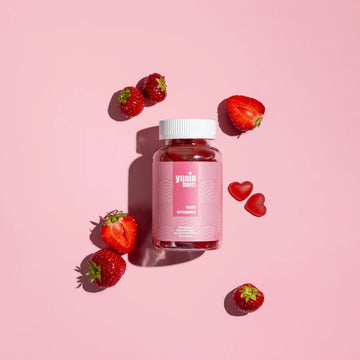2. Take good care of your hair when it is wet.
Regardless of your hair type, hair is most fragile when it is wet. For this reason, it is a really good idea to take extra care when you brush your hair after a shower. You can advantageously brush your hair before you take a shower, so that the need to brush your hair afterwards is reduced. This is especially important if you have thin hair, as wet strands are more prone to breakage and damage. By minimizing brushing when the hair is wet, you can preserve the strength and texture of your thin hair, helping it look healthier over time.
For the same reason, we recommend that you make sure that your hair is completely dry before combing it after you have showered. We recommend that you use a hair towel that is especially suitable for the hair, which gently dries the hair. Microfiber towels are a great choice for drying thin hair, as they reduce friction and absorb water quickly without causing unnecessary stress to your strands. This method helps prevent flat or clumped hair, giving your thin hair a fuller appearance once dry.
You should avoid using tools with high heat, such as a blow dryer - especially when the hair is still wet. A small bonus is that when you dry your hair thoroughly and gently, you notice more volume in your hair. If there is moisture left in the hair, it will quickly clump together, leaving you with flat hair.
3. Avoid heating devices for styling.
You probably know them well, and probably use them often. But do you know how much straighteners, curling irons and blow dryers actually damage your hair? If you have thin hair, it is important that you avoid these styling tools as much as possible, because they damage the outer layer of the hair shaft and make the hair very vulnerable
Thin hair is particularly susceptible to heat damage, as its structure is often finer and less robust than thicker hair types. Prolonged use of high-heat tools can lead to breakage, split ends, and an overall weaker appearance. To preserve the integrity of your thin hair, minimizing exposure to heat is key.
If you have to use a heater, it is important that you use low temperature settings and use heat-protecting products that also moisturize the hair. Heat-protecting sprays or serums designed for thin hair can provide a barrier against heat while adding hydration to keep your hair looking healthier and less prone to damage.
 2-5 day delivery
2-5 day delivery
 25.000+ satisfied customers
25.000+ satisfied customers
 Satisfaction Guarantee
Satisfaction Guarantee

















